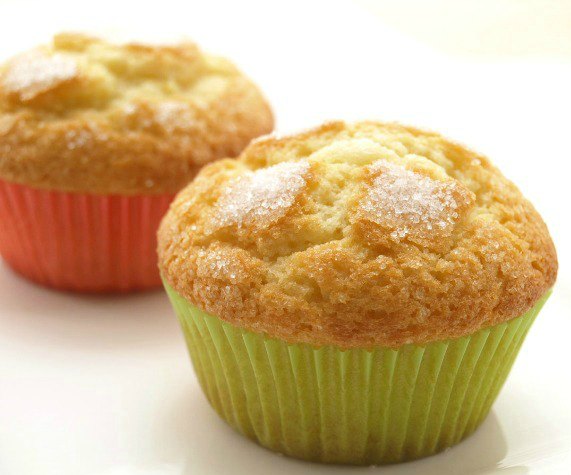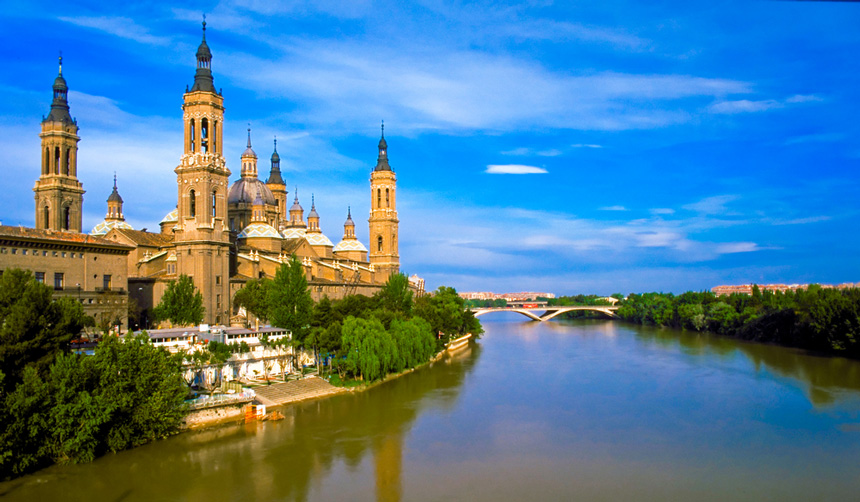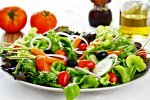MAgdalenas
Magdalenas are small sweet cakes that are rich-tasting, but light and fluffy. The Spanish traditionally eat them at breakfast with café con leche, and they are said to have originated in Aragón.
Magdalenas are not often prepared in homes today, but are sold in supermarkets and bakeries everywhere. These little cakes would be a great addition to any breakfast or a Sunday champagne brunch.
- Serves 9.
- Makes 18 magdalenas.
Ingredients
- 4 eggs
- 1 cup Granulated Sugar
- 1 4 oz. stick Unsalted Butter
- 1 2/3 cups Unbleached White Flour
- 1 Tbsp Baking Powder
- Zest from 1 lemon
- 1 Tbsp Milk
Preparation
Preheat the oven to 375 degrees Fahrenheit (200 degrees Centigrade). Measure 1/4 cup sugar into small bowl and set aside.
In a medium-size mixing bowl, beat the eggs with 3/4 cup sugar. Beat until the mixture is light.
In a small sauce pan, melt the butter on medium on the stove top. Or, melt it in the microwave. Make sure that the butter cools slightly and is not bubbling. As you continue to beat the egg mixture, slowly pour in the melted butter, making sure to mix thoroughly. Stir in the lemon zest and milk.
Measure out the flour into a separate bowl. Add the baking powder to the flour and mix thoroughly.
While stirring the egg mixture, add in the flour mixture. Continue to stir until all ingredients are mixed well. The batter will be very thick.
Place paper liners in to cupcake pan. Use a large serving spoon to spoon batter into pan, filling each one half full. Batter will more than double in size when baked. Use a teaspoon to sprinkle each magdalena with a bit of the reserved sugar.
Place pans on the middle shelf of the preheated oven for 18-20 minutes, until magdalenas have turned a golden color. Remove from oven and allow to cool for 5 minutes before taking out of the pan to cool further.
You may be also interested in...
See also...
Aragon has inherited its rich gastronomy from the different cultures which have passed through the region over the centuries. It knows how to exploit its local products and today its cuisine is described as classical. The great geographical diversity of this region has given rise to top quality products which are as varied as the land's orography.




